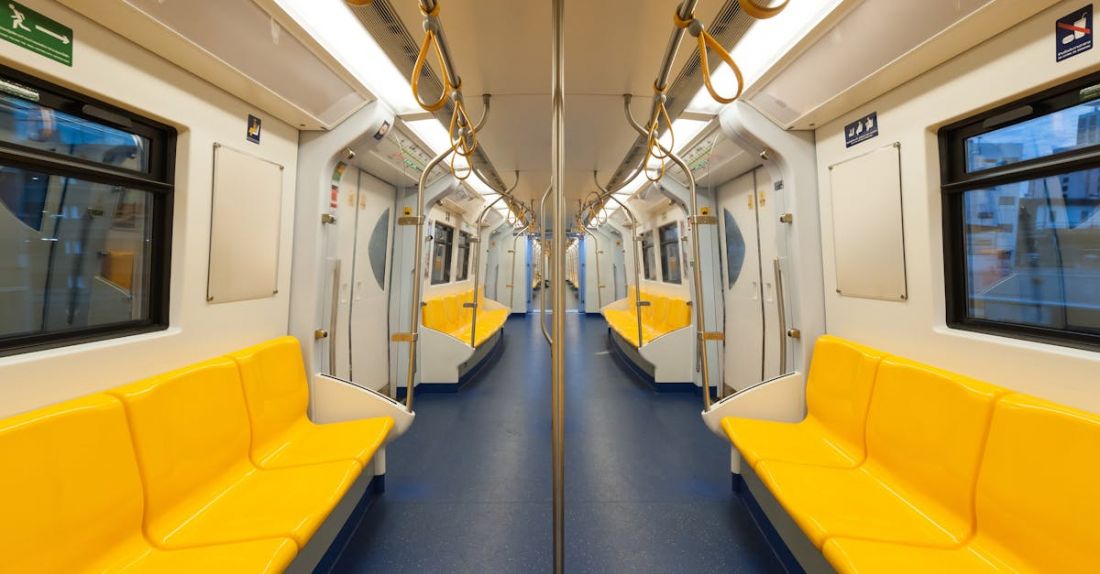
The integration of Internet of Things (IoT) technology into urban infrastructure is revolutionizing the way cities operate and function. By connecting physical devices and systems to the internet, IoT enables real-time data collection, analysis, and decision-making processes that optimize efficiency, sustainability, and overall quality of life for urban residents. From smart transportation systems to intelligent energy grids, the impact of IoT on urban infrastructure is profound and far-reaching.
Enhanced Connectivity and Communication
One of the key ways in which IoT enhances urban infrastructure is through improved connectivity and communication. By embedding sensors and communication devices into various elements of a city, such as traffic lights, waste management systems, and public transportation networks, IoT enables these components to communicate with each other and with central control systems in real time. This seamless exchange of data allows for the efficient management of resources, the timely response to emergencies, and the optimization of services for residents.
Efficient Transportation Systems
IoT plays a crucial role in optimizing urban transportation systems by providing real-time data on traffic patterns, public transit schedules, and parking availability. With the help of IoT sensors and smart devices, traffic lights can adjust their timing based on current traffic conditions, leading to smoother traffic flow and reduced congestion. Public transportation services can also benefit from IoT technology by offering real-time updates on bus and train schedules, as well as optimizing routes based on passenger demand.
Smart Energy Management
Another area where IoT enhances urban infrastructure is in the realm of energy management. By incorporating IoT sensors into buildings, streetlights, and utility grids, cities can monitor energy consumption in real time and make adjustments to optimize efficiency. For example, smart buildings equipped with IoT technology can adjust temperature settings based on occupancy levels, leading to energy savings and reduced carbon emissions. IoT-enabled smart grids also allow for better integration of renewable energy sources, such as solar and wind power, into the existing energy infrastructure.
Improved Waste Management
IoT technology is also transforming waste management practices in urban areas. By deploying smart waste bins equipped with sensors that monitor fill levels, cities can optimize garbage collection routes and schedules, leading to cost savings and reduced environmental impact. Additionally, IoT sensors can detect and report issues such as overflowing bins or illegal dumping, enabling prompt responses from sanitation departments. This proactive approach to waste management not only enhances the cleanliness of urban environments but also contributes to overall sustainability efforts.
Enhanced Public Safety and Security
IoT technology plays a crucial role in enhancing public safety and security in urban areas. By integrating surveillance cameras, emergency call boxes, and gunshot detection sensors into city infrastructure, authorities can respond more effectively to incidents and provide a safer environment for residents. IoT-enabled smart streetlights can also improve safety by adjusting lighting levels based on pedestrian activity and weather conditions, deterring crime and increasing visibility in public spaces.
Innovative Urban Planning and Development
The use of IoT in urban infrastructure opens up new possibilities for innovative urban planning and development projects. By harnessing data collected from IoT sensors, city planners can gain valuable insights into how residents interact with their environment and make informed decisions about future development projects. For example, IoT data can inform the design of pedestrian-friendly spaces, optimize land use in urban areas, and enhance the overall livability of cities for their inhabitants.
In conclusion, the integration of IoT technology into urban infrastructure is transforming the way cities operate and function. From enhanced connectivity and communication to efficient transportation systems, smart energy management, improved waste management, public safety, and innovative urban planning, the benefits of IoT are reshaping urban environments for the better. As cities continue to embrace IoT solutions, the potential for further advancements in urban infrastructure is vast, promising a more sustainable, efficient, and interconnected urban future.





